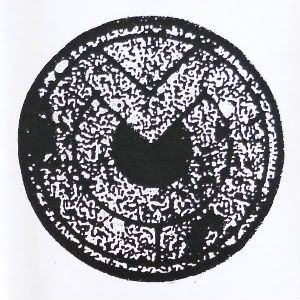 I'd mentioned Vomir in some of the blogs so far, here and there, but oddly, no Vomir had been posted yet - time to right that wrong.
I'd mentioned Vomir in some of the blogs so far, here and there, but oddly, no Vomir had been posted yet - time to right that wrong.My stance on HNW may be clear - provided it is done right, I absolutely fucking love it. Since the scene is, in fact, brimming with talent, one - quite fortunately - need not look very far to find some excellent material. Artists such as Die Reitenden Leichen, Svartvit, Bachir Gemayel, Richard Ramirez (in any of his guises) and Skönhet, among many others, and labels such as Masonry, AnarchoFreaksProduction, HarshFuckedForLife and Absence, among as many others, have all provided HNW enthusiasts with some of the most compelling releases in the recent noise scene at large. Of course, nowadays, Vomir is in fact probably the major player in the scene, with other initial key figures - such as The Rita - focusing increasingly less on HNW alone. Remarkably, Vomir's output has - to date - been as prolific as it has been good, and amidst the slew of releases courtesy of Romain 'Roro' Perrot one may pick any random release and will find that it is solid at its very least, and quite possibly fucking incredible.
Indecente was released through the excellent Zvukovina label, based out of Sarajevo, who have released works by such brilliant artists as Gomeisa, Bachir Gemayel, Fukte and Flesh Coffin. It is a brutal track that, at just over half an hour, will quite clearly beat the fucking pulp out of you. With a distinct Vomir-like texture (quite a fast-paced grainy undercurrent with sharp static crackle on top), it is another excellent edition to Perrot's oeuvre, showcasing exactly what Perrot is so incredible at: laying down walls that are absolutely crushing, unforgiving, deafening. Full-spectrum wall assault at its finest, drowning out the world and leaving nothing but pure, hypnotic crunch.
Indecente (77m)





